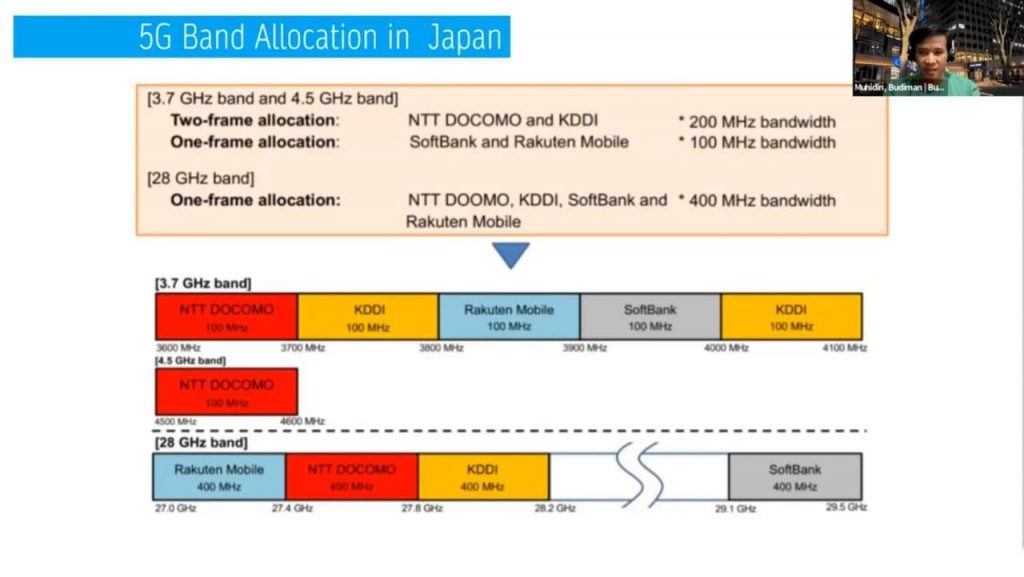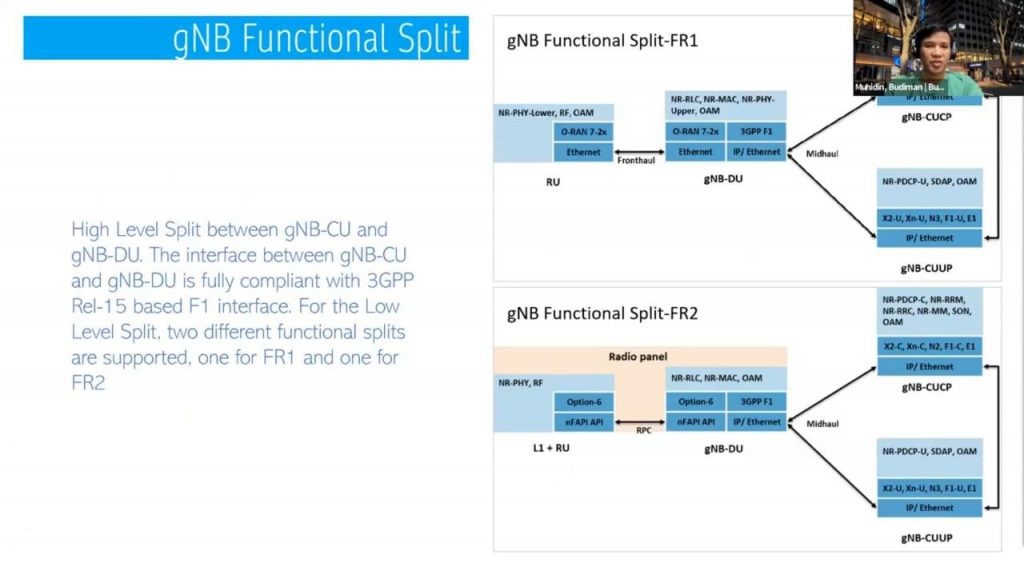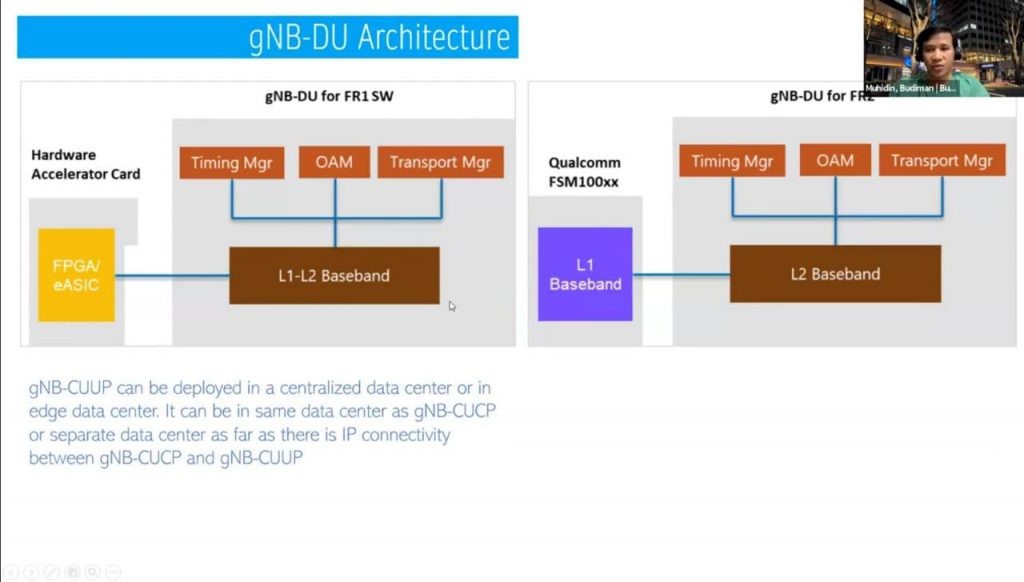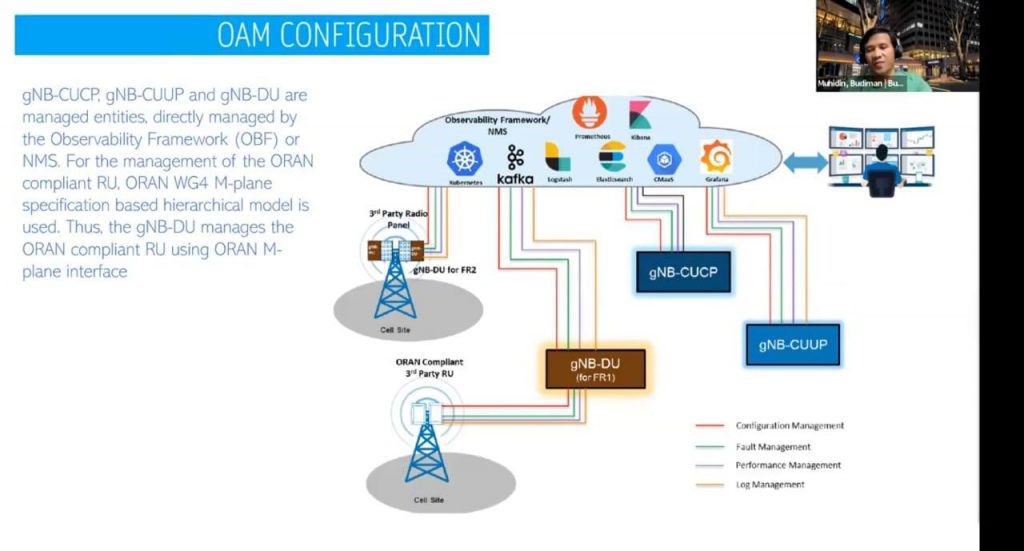
5G OpenRAN OVERVIEW-Rakuten Mobile Japan
Thu, 06 May 2021 16:39:15, atika, [category: 5g-community]
Rakuten Mobile Network is launching a completely new and different mobile network. Construction of the network began in suburban Tokyo in late 2018, February Saw the successful completion of it’s first end-to-end test connecting real world user’s across mobile handsets on the new network for the first time. Rakuten has taken a unique and transformative approach to building a telecommunications network:
- Leveraging world-class partners across a system’ that has disaggregated hardware and software;
- Putting the entire virtualized network on the cloud, including radio access;
- And delivering a new level of stability, scalability and agility.
With over 70 e-commerce, fintech and content services, a powerful brand and 100 million registered members in Japan alone, Rakuten brings the power of an established ecosystem and the dynamic skills of a global tech company to telecommunications in a way no one has seen before.
A fully virtualized network allows a shift away from the model of the past in which the hardware and software are tightly coupled. In line with the principles of cloud computing, Rakuten Mobile Network Will create service delivery platforms with greater agility and customization. The new network Will launch around three major metropolitan centers, to be followed by a nationwide rollout.
Rakuten’s innovative 4G network architecture is also being developed to be ready for 5G. 5G rollout Will be simplified to steps such as adding the 5G network equipment to existing antennas. According to Tareq Amin as the CTO in Rakuten Mobile Network, Rakuten’s biggest advantage is work culture and people. Rakuten Is not a telecommunications company. Rakuten is an IT company with highly skilled IT engineers and professionals and that is what makes a difference in how they are building and constructing this network. In industry first, we have deployed and worked with leading partners to deploy the world’s first virtualized radio access. In an industry-first, Rakuten has deployed and worked with leading partners to deploy the world’s first virtualized radio access and this has never happened in telecommunications. This is a big evolution in the industry and a big advantage to what Rakuten Is doing in Japan.
By electing to build on open, virtualized and disaggregated radio access infrastructure, in collaboration with best-in-class partners, Rakuten has been able to greatly reduce the equipment required:
- Making radio access sites around Japan simpler and more compact.
- Rakuten Is on track to launch a 4G network that is also 5G ready.
- The entire core technology, including the radio access network, is fully ready for 5G.
Bringing world-first technological innovation to the telecommunications industry in a way only an agile internet-driven company can, Rakuten Is setting the bar high for delivering better, faster and flexible services to mobile customers.
5G Band Allocation in Japan

Currently Rakuten mobile has two frequency licenses for 5G that is TDD, first frequency is using sub 6 frequency with band number N77 it is range between 3.8 to 3.9 GHz so it was only 100 MHz bandwidth. Or the second frequency it is called FL2 and Rakuten has a MMOF frequency and band number is 257 and or the range is between 27 to 27.4 GHz, so Rakuten has 400 MHz bandwidth. Recently Rakuten just got a new update that recruiter mobile has just received a profile to expand 5G via 1.7 GHz which means that Rakuten will have more 5G coverage in the future.
5G OpenRAN Architecture

This is the simple architecture of 5G Open RAN. Rakuten has built a network which simplifies virtualization and eliminates some run blocks hardware which was found on previous network legacy. Now Rakuten already prepared this new platform as default architecture for 4G. They started to build this network in 2018 when they started to implement the telecommunication network. When 5G started this GNB can just easily integrate with the network without a hardware upgrade required, from the picture we can see if gNB run it was split into fifth wise broke, block for VCU divided into 2 parts VCU control plan and user plan. Another block is a GNB view, a connection between CU and DU do have an F1 interface so F1 C for control plane interface F1U for a user plane interface. From DU to RU is connected by ORAN standard option 7DS 2X which is mean the current standard interface, currently o RAN vendor Rakuten using Ulster star and for RU (Radio Panel Unit) using NAC so the remaining component of GNB are fully virtualized and can be RAN on any intel x8 architecture based Commercial Of The Self (COTS) server and Kubernetes container orchestration platform.

GNB-CU Architecture

For the CU it can support or the major function that it is in CU level and Rakuten have functionality like for PDCP control plan, HDFP, RFC, RAM and also the termination of the N2 interface, F1 control plan interface In CU level Rakuten have sound features, security and also for others. For the user plan it has similar functionality with the control plan; the difference is that it can support the terminator of the PDU system, and the PDU system may distribute up to 56 cells supported by the node BCU user plan.
GNB-DU Architecture

Gnb DU sub 6 or frequency one consists of view software and Rakuten is have intel FGA based hardware as retro card so have accelerator card here to support new functionality, use of tis accelerator card is for offloading eASIC or it means forward error correction processing and optionally for front house can plan compression. For DU sub 6 support for the following function for this is when previously in CU is have L3 functionality in DU is have L2 functionality like radio link control, marker and also 7 this 2x ORAN interface to RU, in DU have termination of A1 control plan, F1 control plan, user plan, have security with unmute hall, have OM functionality for this in DU. For MMF frequency DU has a different functionality because in MMF didn’t have L1 baseband interface because L1 baseband interface is separated in the radio panel in NAC, in DU only have L2 baseband and the functionality is similar with DU sub 6.
OAM Configuration

This also applied for 5G in Rakuten network, all are handled by cloud networks which are Kubernetes, Kafka, Graffana, Cimas and everything is done by atomize like virtual allies and we can not see any hardware. GNB CU control plan and user plane and GNB DU are managed entities directly managed by Observability Framework (OBF) or in Rakuten legacy network it’s called NMS it’s using Kubernetes container. Kubernetes is an open source container or orchestration platform that will enable operation of electric web server framework for cloud applications so in the future will not have any capacities and any problem with the capacity and just elasticity. For example, expand the network based on Rakuten network demand so it will be the benefit of the cloud network in using Kubernetes.
OAM configuration consists to functionality:
- Configuration Management, it’s based on RU-DU for sub 6 and all controlled by Cloud.
- Fault Management, all the DU-CU are managed directly by fault management even notification with the OBF Rakuten have using web skill friendly protocol such as Kafka message bus or another thing.
- Performance Management, in this community Cloud also managed the performance management counter united by CU-DU and directly invested into OBF and MMF using a web scale friendly protocol such as Kafka. The performance counter or the ORAN base are specific by the DUS-CSV format; it’s defined already in the ORAN group for implant specification.
- LUG Management, managed by OM configuration in Kubernetes so everything is managed virtual allies and buildings are managed in the Cloud network so don’t need hardware involved again.




